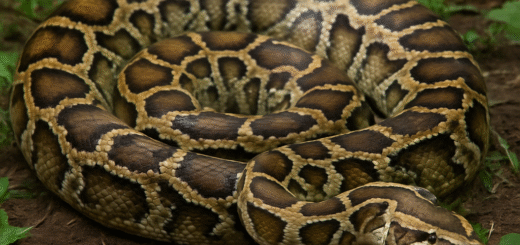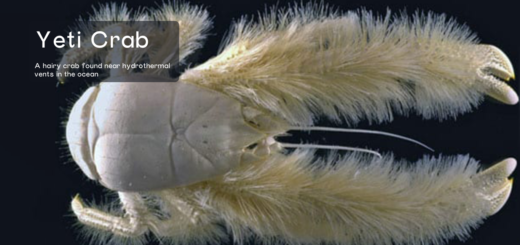Dugong: The Gentle Sea Cow of the Ocean
The dugong (Dugong dugon) is one of the ocean’s most peaceful and fascinating marine mammals. Often mistaken for a manatee, this gentle herbivore is part of the order Sirenia and is the only surviving species in its family, Dugongidae. Found in warm coastal waters from East Africa to Australia, the dugong is affectionately known as the “sea cow” due to its slow movements and seagrass diet.

What is a Dugong?
The dugong is a large, grayish-brown marine mammal that can grow up to 3 meters (10 feet) long and weigh over 400 kilograms (880 pounds). With a fluked tail like a dolphin and a unique downturned snout, the dugong is perfectly adapted to graze on the seafloor. Unlike whales and dolphins, dugongs have no dorsal fin and are more closely related to elephants than to other sea mammals.
Habitat and Range
Dugongs inhabit shallow, warm, tropical marine waters, especially areas rich in seagrass. You’ll often find them along the coasts of:
- Northern Australia
- The Red Sea
- Eastern Africa
- The Indian subcontinent
- Southeast Asia
Healthy seagrass meadows are crucial to dugong survival, making them excellent indicators of marine ecosystem health.
Diet: Seagrass Specialists
Dugongs are strict herbivores. Their diet consists almost entirely of seagrass, which they uproot using their bristled, sensitive snouts. A dugong can eat up to 40 kilograms (88 pounds) of seagrass per day. Because of this diet, they play an essential role in maintaining the health and balance of coastal ecosystems.
Behavior and Lifestyle
- Solitary by Nature: Dugongs are usually solitary or found in small groups. While they may seem shy, they are curious and gentle.
- Breathing: Being mammals, dugongs need to surface for air. They can hold their breath for up to six minutes.
- Communication: Dugongs communicate through chirps, whistles, and barks, though much about their communication remains a mystery.
Reproduction and Lifespan
Dugongs reproduce slowly. A female gives birth to a single calf every 3–7 years after a long gestation of about 13–15 months. Calves stay close to their mothers for up to two years. Dugongs can live for over 70 years in the wild.
Conservation Status
The dugong is listed as Vulnerable on the IUCN Red List. Their populations are declining due to:
- Coastal development
- Boat strikes
- Fishing net entanglement
- Seagrass habitat loss from pollution and climate change
Conservation efforts include marine protected areas, community education, and strict fishing regulations to reduce threats.
Why Dugongs Matter
Dugongs help keep seagrass beds healthy, which benefits countless marine species. They are vital for biodiversity and offer cultural significance in many coastal communities.
Conclusion
The dugong may not be the most famous ocean animal, but its quiet grace and ecological importance make it truly special. By raising awareness and protecting its habitat, we can ensure that this gentle “sea cow” continues to swim in our oceans for generations to come.








